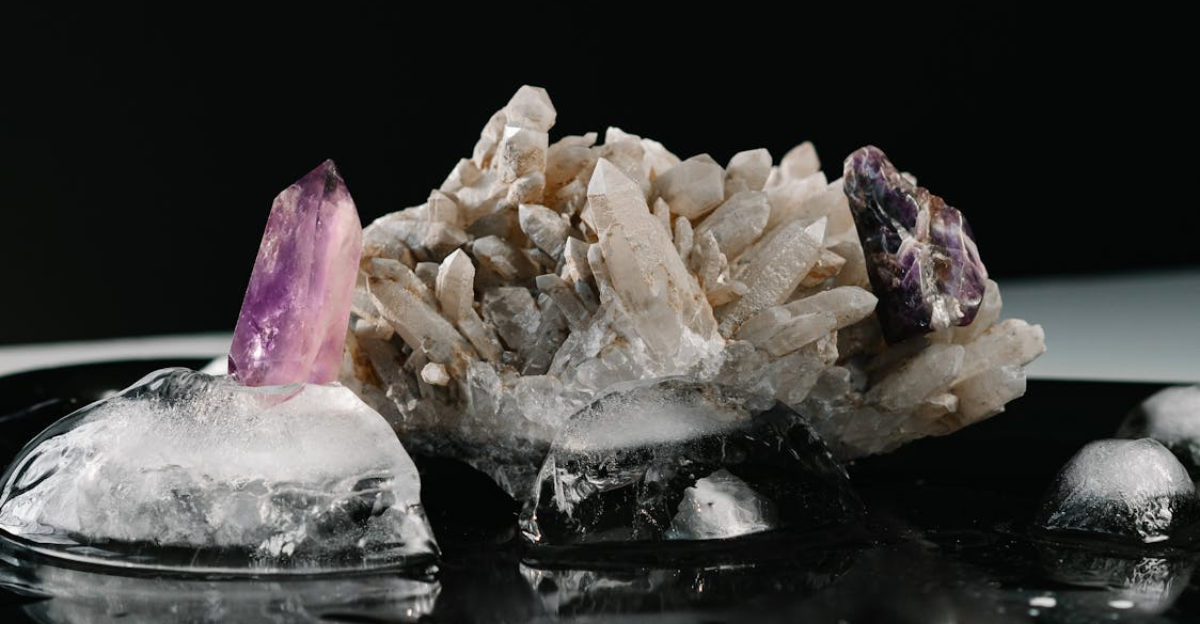
America runs on rare earths. From your smartphone to fighter jets to wind turbines, these strange little elements are everywhere. But here’s the thing: China controls about 90 percent of the world’s supply. That’s not a typo.
While the U.S. frets about oil and semiconductors, rare earths have quietly become the lifeblood of modern tech and defense. And guess what? We barely mine or refine any of it here. So if China ever decides to tighten the tap, well, let’s just say that even your next iPhone may be affected. So, let’s read on.
What Are Rare Earth Elements?
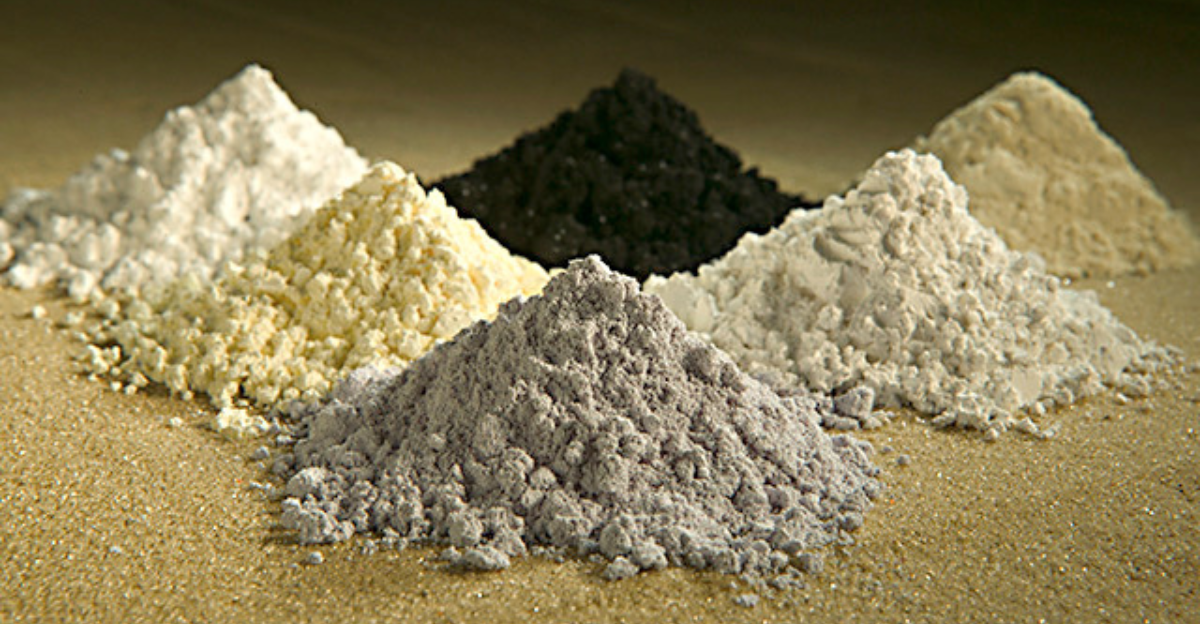
Although the name sounds fancy, like something from the Marvel Cinematic Multiverse, it’s actually a group of 17 metals with weird names like neodymium, dysprosium, erbium, ytterbium, and cerium. These metals may not be flashy like gold, but they quietly power your screens, magnets, batteries, and basically your modern life.
Why “Rare” Earths Aren’t Actually Rare

Despite the name, rare earths aren’t actually rare. You can find them all over the planet, even in your backyard soil if you dig deep enough. The catch? They’re rarely concentrated enough to make mining worthwhile. So it’s not just about finding them, but rather, it’s about getting enough and mining efficiently.
The Critical Role of Rare Earths in Modern Technology
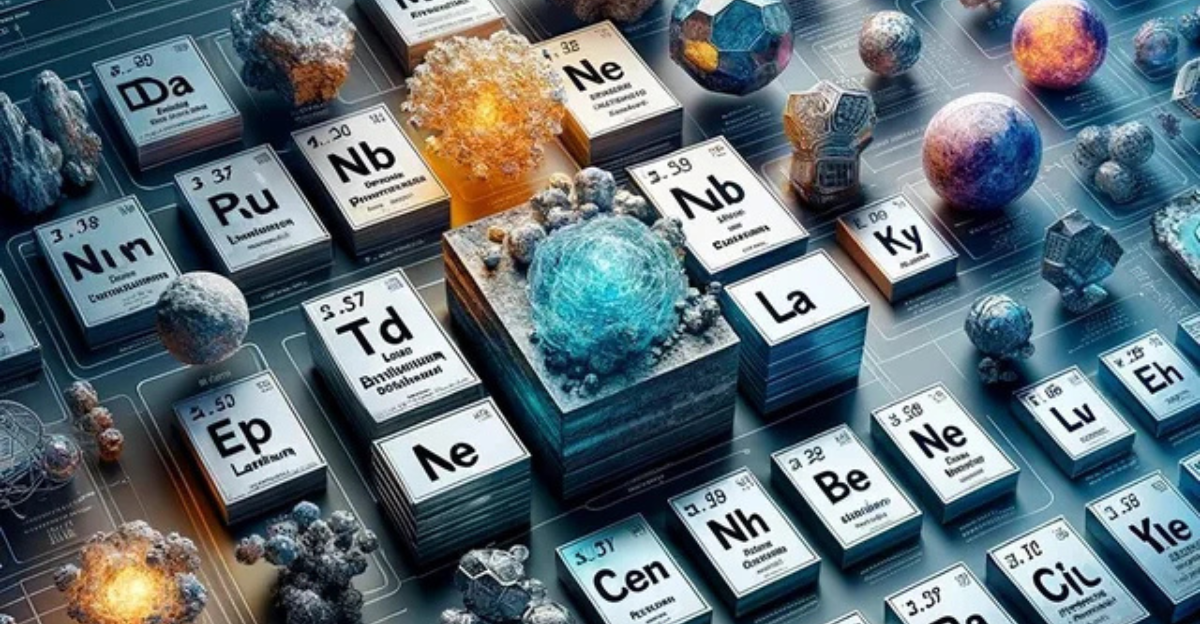
Rare earth elements are not very popular (I mean, ytterbium, really?). But they are like the backstage crew holding everything together. You can hardly think of any modern technological appliance without their touch, from phone speakers to guided missiles, they are in everything. Without them, modern tech turns into a very expensive pile of pretty-looking plastic.
Rare Earths in U.S. Defense and National Security
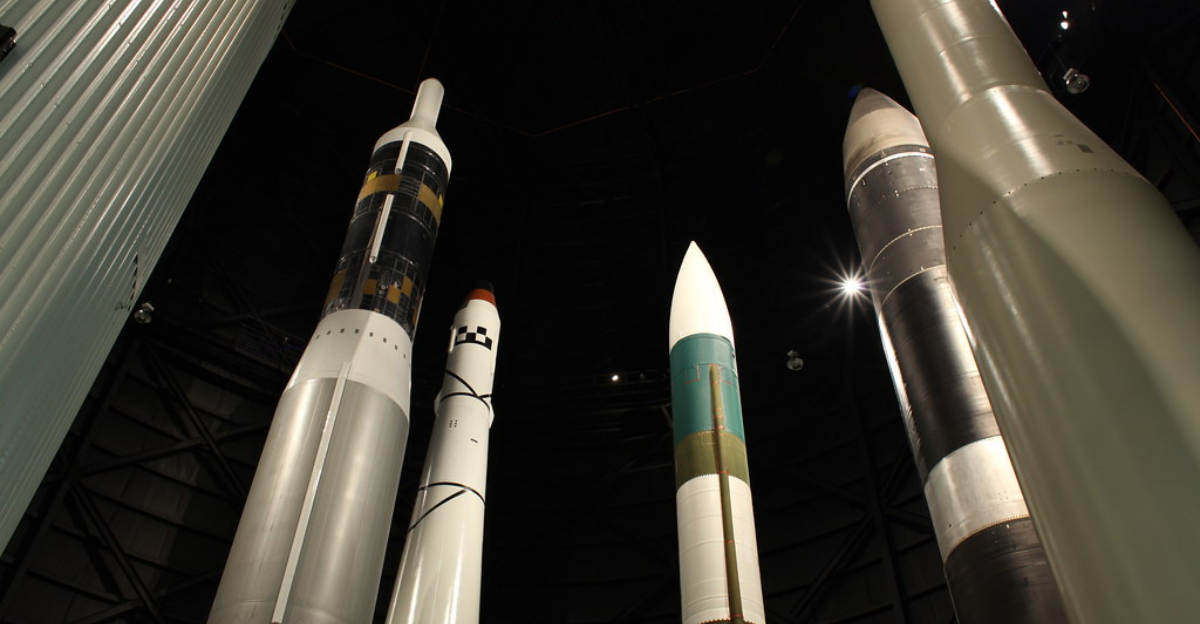
If you think rare earths just power your TikTok addiction, think again. The U.S. military depends on them for night vision goggles, missile systems, fighter jets, and radar tech. Without these metals, the Pentagon’s high-tech toys become less Iron Man and more medieval catapult. Not ideal for national security.
How China Built Its Rare Earth Monopoly
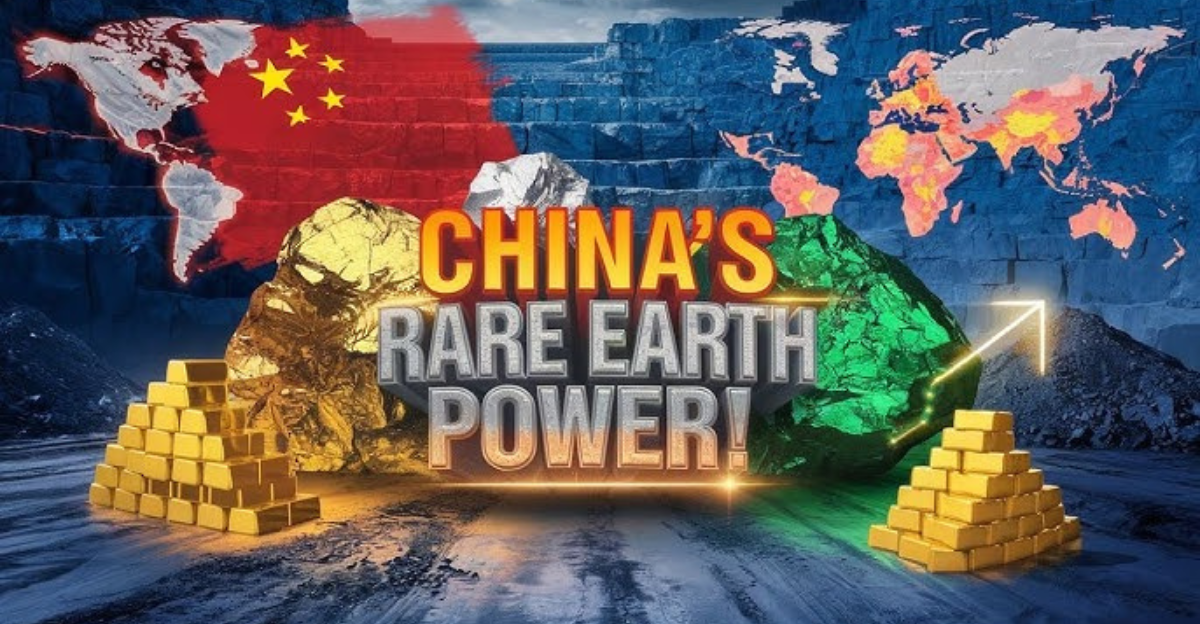
China didn’t stumble into rare earth dominance by luck. It played the long game. Decades ago, it offered cheap labor and low prices and shrugged at environmental messes. Meanwhile, the rest of the world yawned and outsourced. Now? China does the mining and the refining and holds most of the power. Oops.
The 2010 Rare Earth Shock: A Warning Ignored
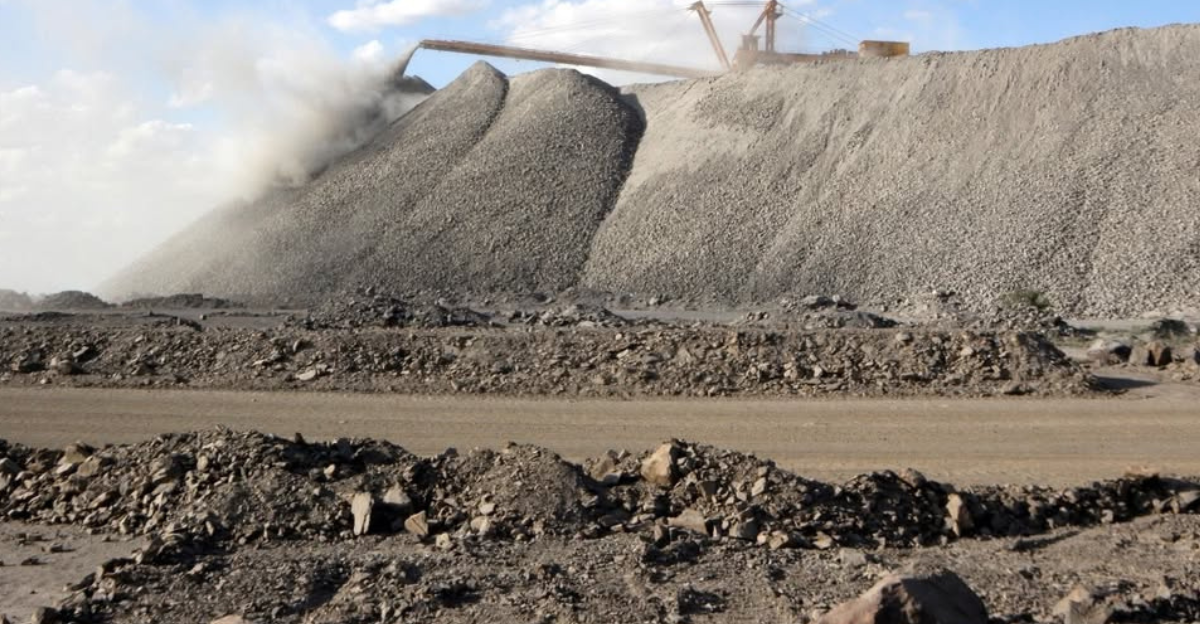
Back in 2010, China cut off rare earth exports to Japan during a political spat. Prices soared, panic followed, and everyone briefly pretended to care. The U.S. said, “Never again.” Then promptly went back to scrolling and importing. Fifteen years later, here we are. Still importing. Still vulnerable. Still surprised.
America’s Growing Dependence on China

The U.S. talks a big game about independence, but when it comes to rare earths, we’re basically borrowing sugar from China every day. Mining here? Minimal. Processing? Almost nonexistent. So every electric car, drone, or smart gadget we build quietly thanks China behind the scenes. Not exactly the freedom flex.
The Global Supply Chain: Mining vs. Processing
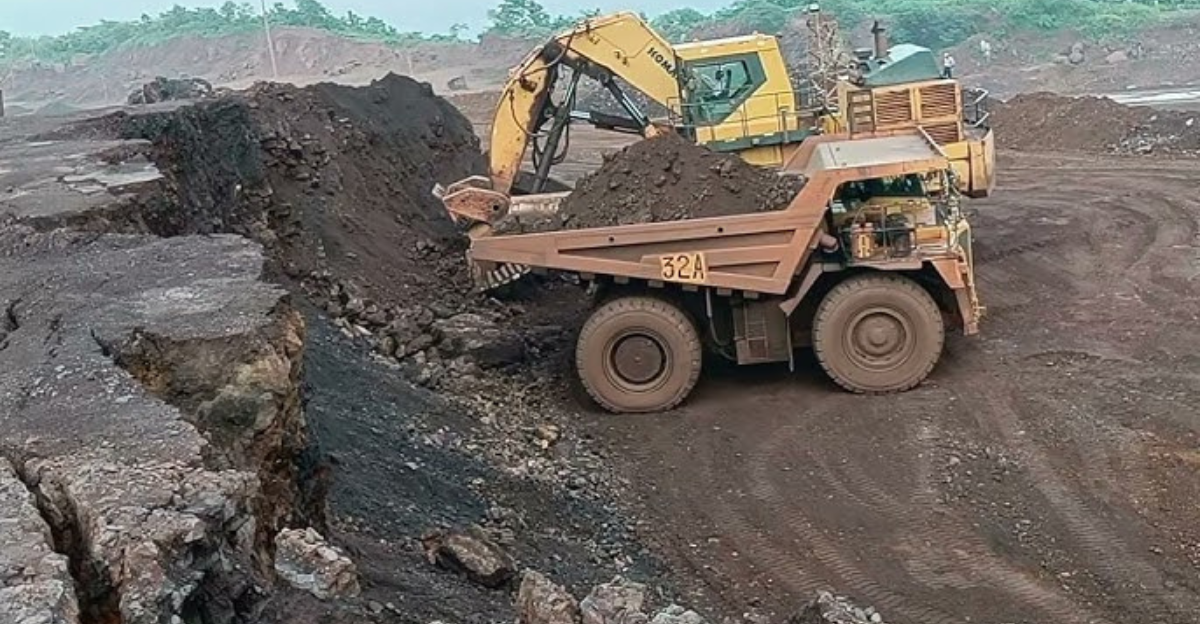
Digging rare earths out of the ground is the easy part. The real magic happens during processing, which is messy, expensive, and full of toxic leftovers. That’s the step China mastered while others bailed. So even if someone else finds the stuff, guess who still gets the final say? Yep.
Environmental Costs of Rare Earth Extraction
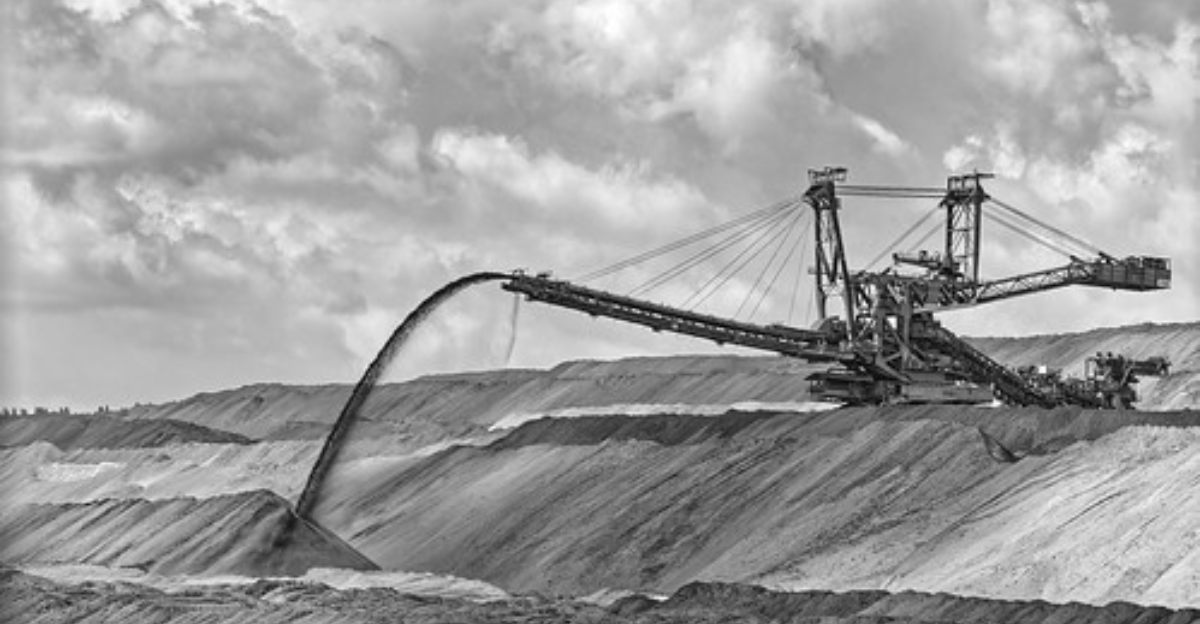
Mining rare earths isn’t exactly a spa day for the planet. It tears up land, leaks toxic sludge, and leaves behind radioactive leftovers. That’s partly why countries like the U.S. handed the job off to China. Out of sight, out of mind, until the bill comes due, environmentally and strategically.
Economic Leverage: China’s Export Controls
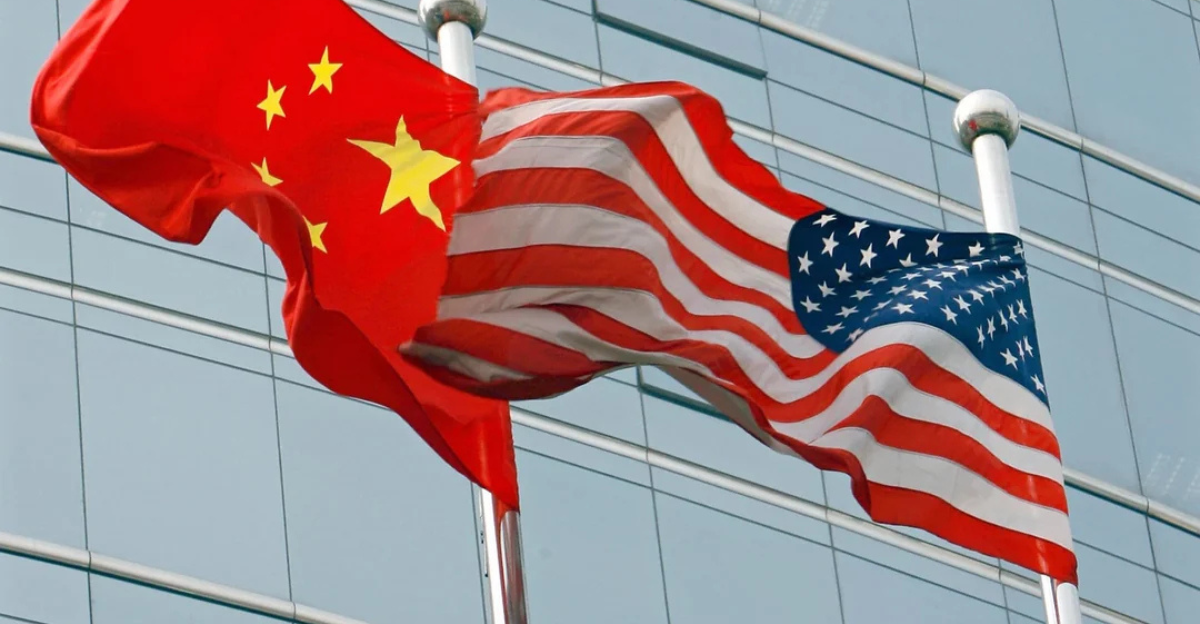
When China sneezes, the rare earth market catches the flu. With export controls, it doesn’t just sell metals; it flexes power. One policy tweak in Beijing and global prices spike. For the U.S., it’s like building tech empires on someone else’s lawn. And guess who controls the gate? Not America.
Impact on U.S. Industry: From EVs to Wind Turbines
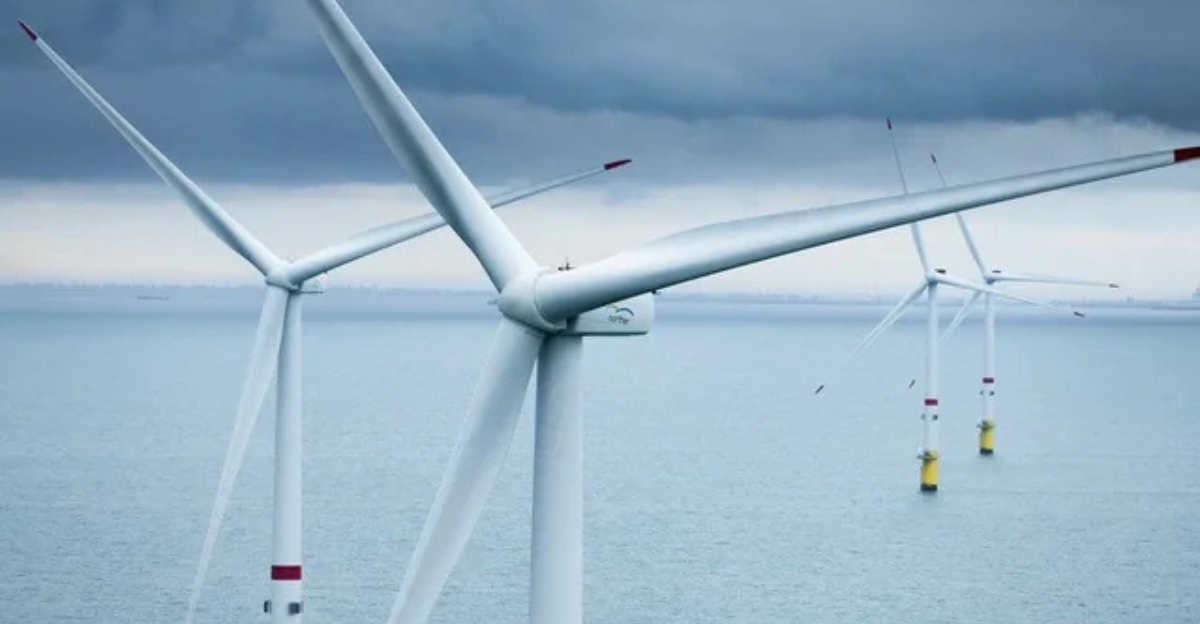
To say that U.S. industries are hooked on rare earths would be understating the fact. We’re obsessed. Can you blame us? I mean, rare earths are in everything from electric vehicles to wind turbines. Without them, clean energy dreams stall and manufacturing slows to a crawl. So, the whole thing is like a supply chain Jenga tower, and China holds the piece that could bring it all down.
The Search for Alternatives: Recycling and Substitutes
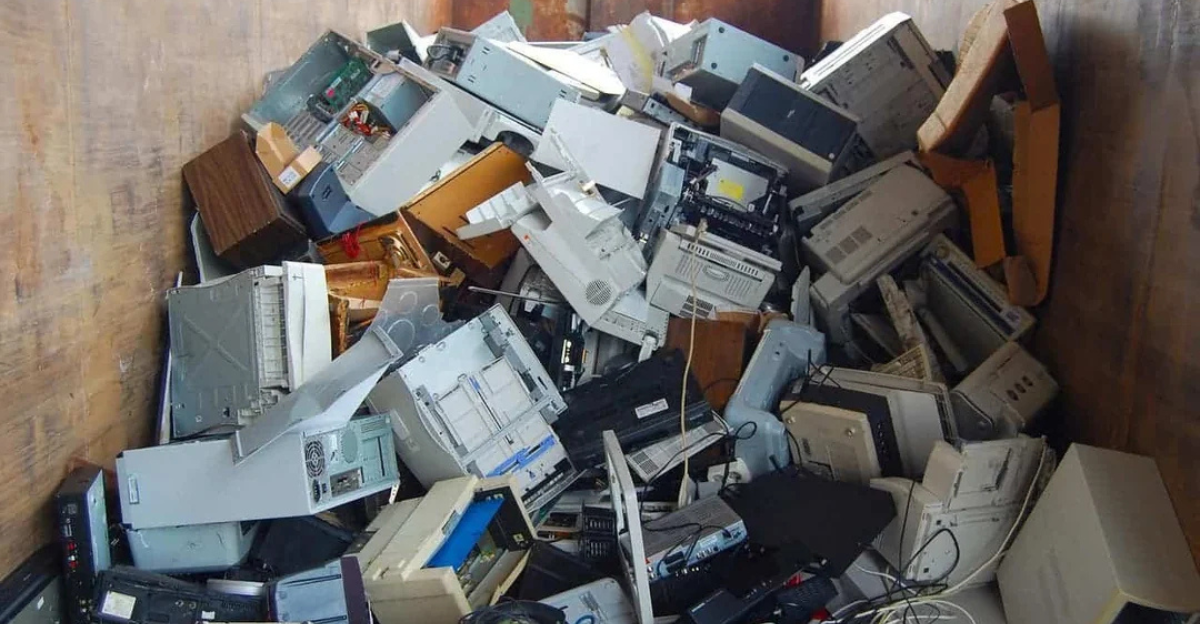
Everyone’s scrambling for a Plan B. Recycling old electronics sounds great until you realize how little metal you actually get back. As for substitutes? Scientists are still tinkering. Some work, some don’t.
Global Competitors: Can Anyone Challenge China?

Australia is digging. Canada’s thinking. The EU is forming committees. Meanwhile, China’s sipping tea and shipping magnets. A few countries have the resources, but can they match China’s scale and speed? That’s a whole different story.
U.S. Policy Responses and Investments

The U.S. is finally waking up. Bills are flying through Congress, money’s being tossed at mining startups, and military contracts are popping up like weeds. But progress is slow. Really slow. Almost like trying to fix a leaky roof with motivational speeches and duct tape. At least it’s a start.
The Role of India, Australia, and Other Players
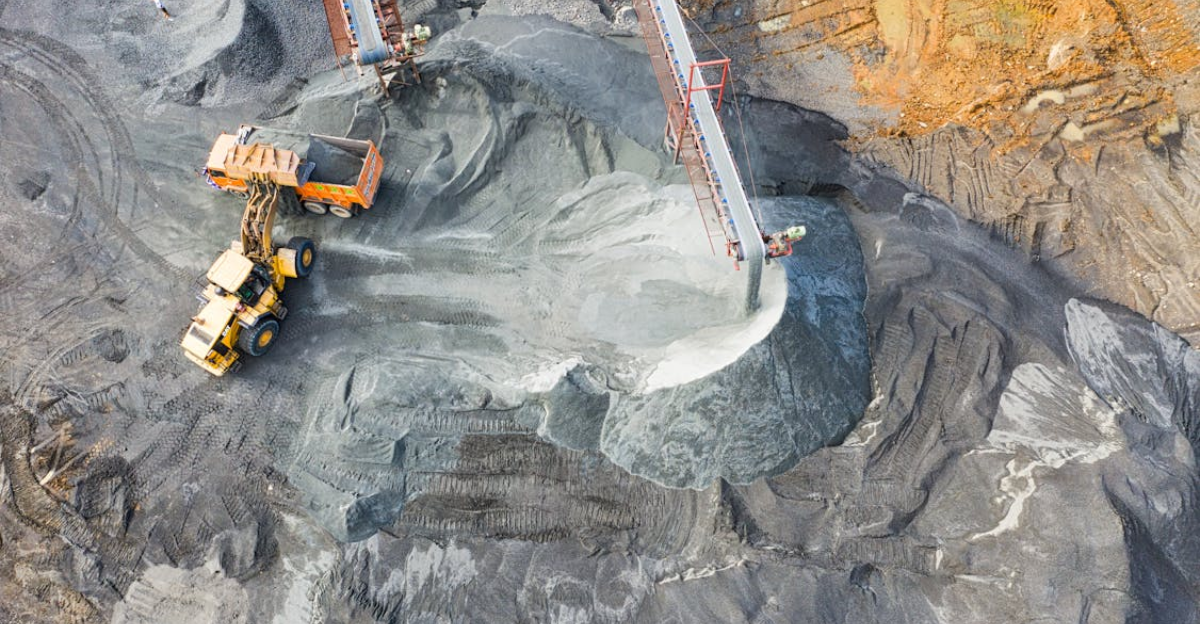
India’s got resources, Australia’s got mines, and a few others are poking around with shovels and spreadsheets. Everyone wants a slice, but building a full supply chain takes more than good intentions and shiny rocks. For now, they’re trying. China’s still winning. But hey, at least they showed up.
Technological Innovation: Green Alternatives

Scientists are hustling to make rare earths less… necessary. Think magnets without the rare stuff or motors that don’t need exotic ingredients. It’s promising, kind of. But most ideas are still in lab coats, not factories. So for now, green tech still runs on metals that aren’t very green at all.
The Geopolitics of Rare Earths
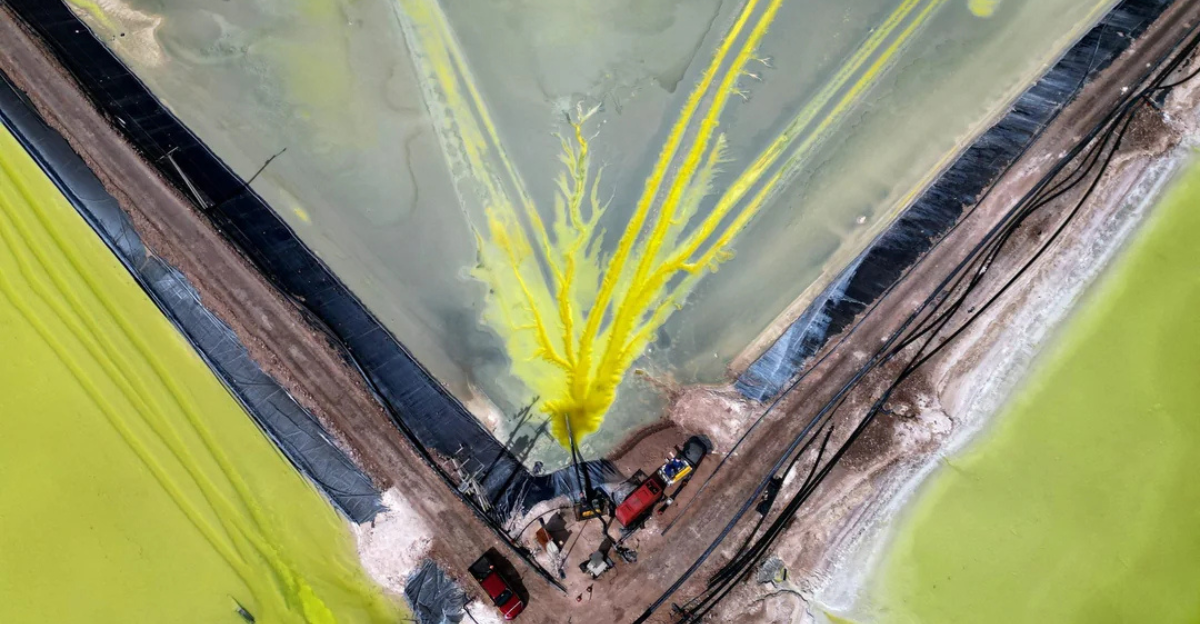
Rare earths aren’t just about gadgets and green dreams; they’re political poker chips now. Countries are forming alliances, cutting deals, and side-eyeing each other over mining rights. It’s part science, part spy movie. Whoever controls the flow controls the future. And right now, China’s sitting at the head of the table.
The Road Ahead: Risks and Opportunities
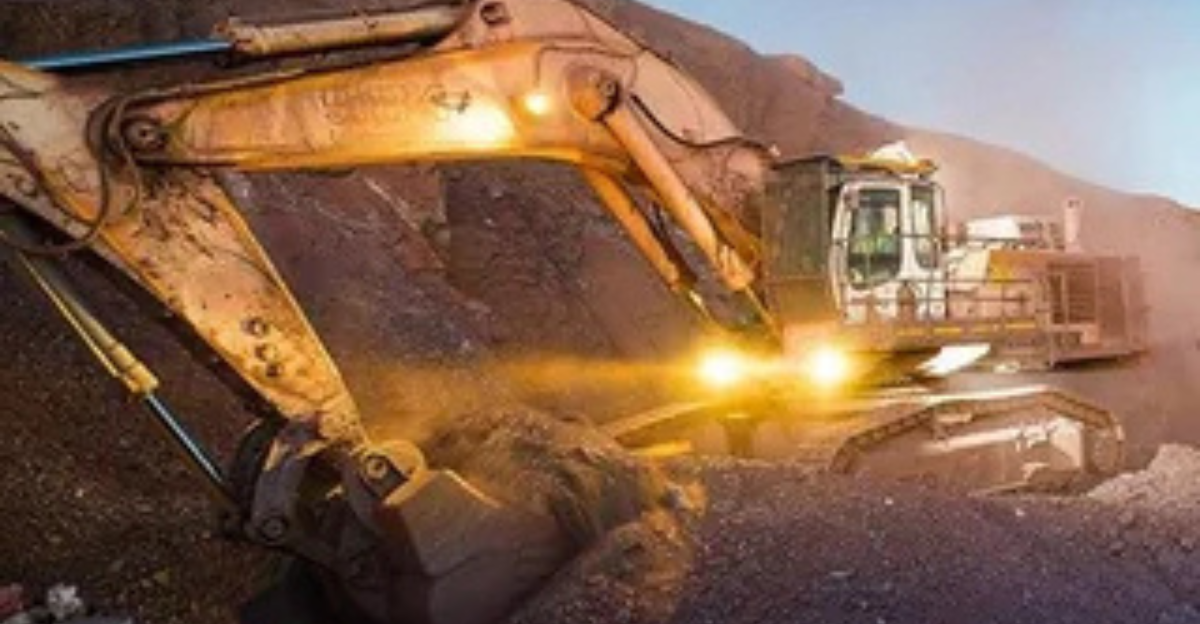
The rare earth race isn’t slowing down. Risks? Plenty. Supply shocks, price spikes, political tantrums. But there’s opportunity too: new jobs, cleaner tech, actual independence maybe. The U.S. just has to stop hitting snooze on the alarm clock. Because waiting for China to play nice has not gone well so far.
Conclusion
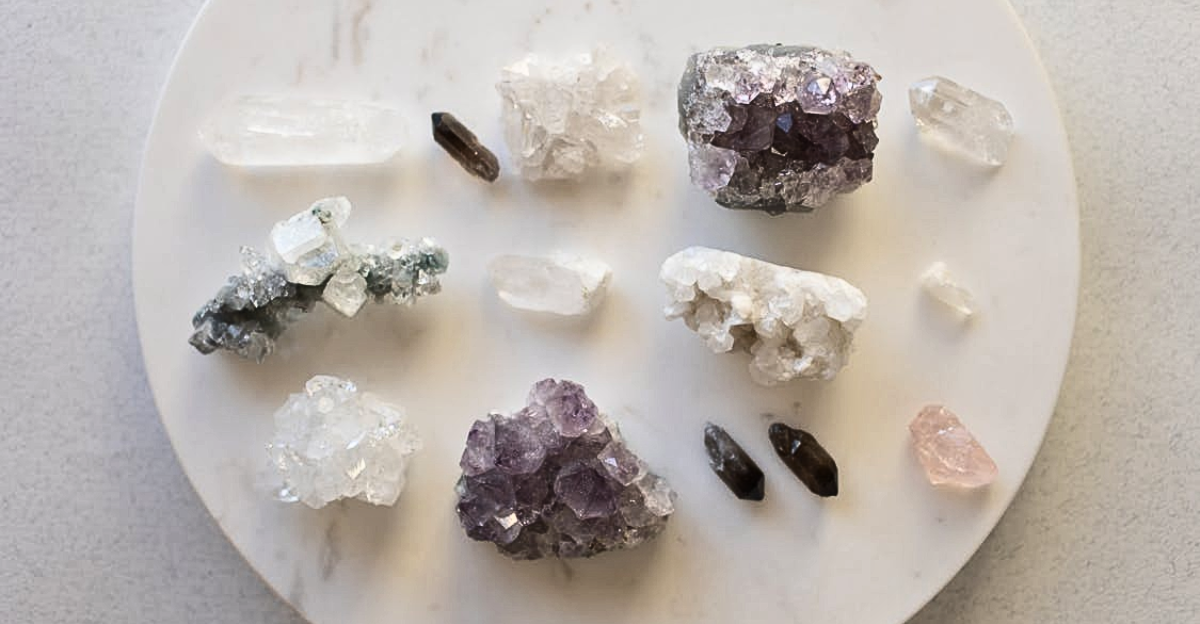
Rare earths aren’t optional anymore. They’re essential, like WiFi or coffee. If the U.S. wants to stay competitive, it needs to mine smarter, process locally, and stop outsourcing its future. Depending on rivals for critical materials isn’t a strategy. It’s a gamble. And honestly, the odds aren’t looking great.
